After leaving the Canal we made our way towards Rhodes, the largest of the Dodecanese Islands and the island group’s administrative capital. It is of course famous for the fabled Colossus of Rhodes, one of the Seven Wonders of the Ancient World. According to most descriptions, it was 33 metres or 108 feet high, its actual location is in dispute, however it was destroyed in an earthquake around 226 BC. The island’s nickname is the Island of Knights, named after the Knights of St. John of Jerusalem.
So on a windy morning, we approached the port which is steeped in history. The wind, blowing on our beam, was just within our limits, however a tug is compulsory and I had it standing-by off the end of the pier and, should the necessity arise, it could have given us a hefty push to prevent us ‘falling down’ towards the pier too fast. On joystick, as is the norm and we berthed without having to use the tug.
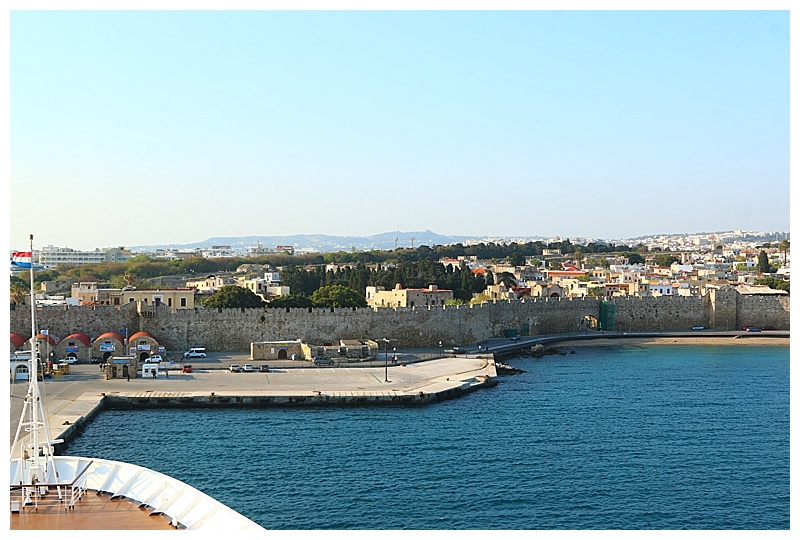 A short walk along the pier and through a gate and we were in the ancient town. Walls and gates still stand, as do much of the buildings built by knights and ottoman’s alike during its trouble history. The Knights built the strong walls and castles in the early 1300’s and these withstood attempts to take the city by the Sultan of Egypt. The Ottomans (Turks) tried and tried and eventually Suleiman the Magnificent succeeded in 1522, with 400 ships and 100,000 men, against 7,000 men-at-arms. The siege lasted 6 months and despite defeat, the Muslims regarded the Knights as extremely valiant. They left and moved to Malta.
A short walk along the pier and through a gate and we were in the ancient town. Walls and gates still stand, as do much of the buildings built by knights and ottoman’s alike during its trouble history. The Knights built the strong walls and castles in the early 1300’s and these withstood attempts to take the city by the Sultan of Egypt. The Ottomans (Turks) tried and tried and eventually Suleiman the Magnificent succeeded in 1522, with 400 ships and 100,000 men, against 7,000 men-at-arms. The siege lasted 6 months and despite defeat, the Muslims regarded the Knights as extremely valiant. They left and moved to Malta.
The history of the place was almost tangible, it was not difficult to go back in time and imagine the Knights and Ottomans.
It was with some reluctance that we departed, however we had a fast run to Piraeus and an arrival time to be scheduled in between Ferry arrivals and departures.
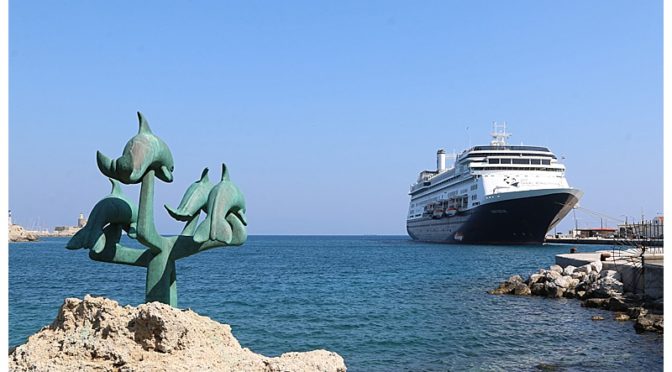
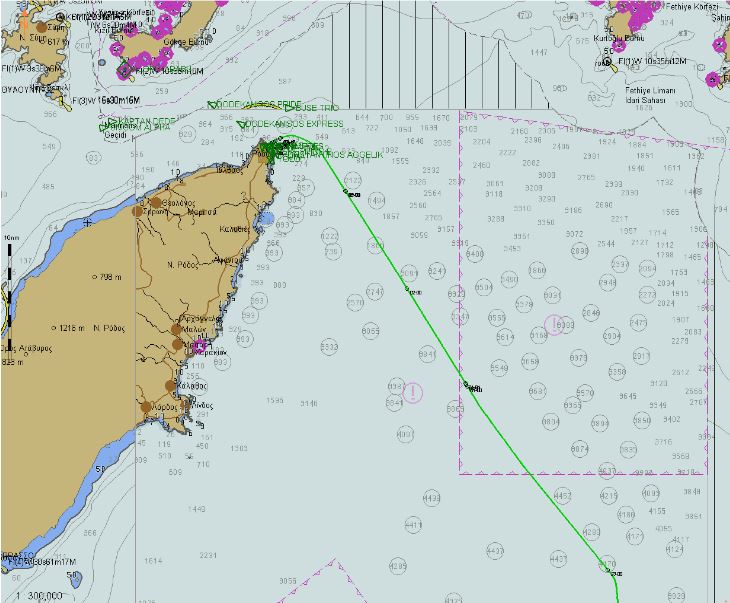


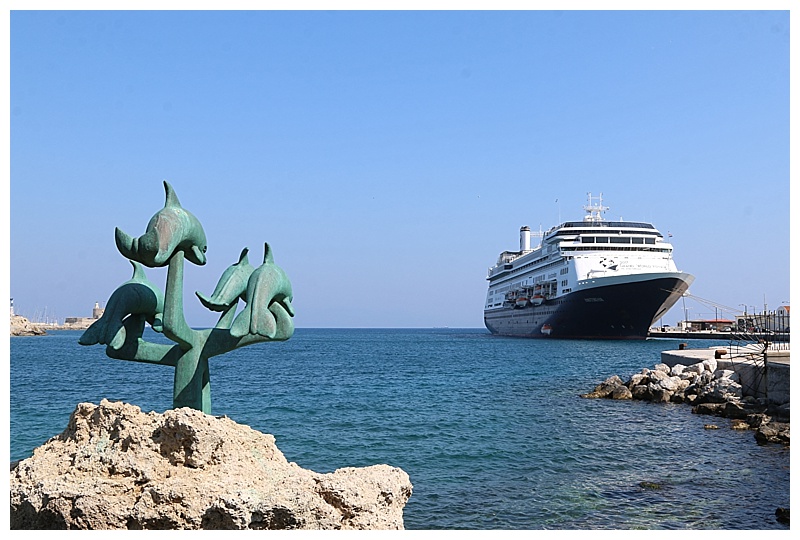
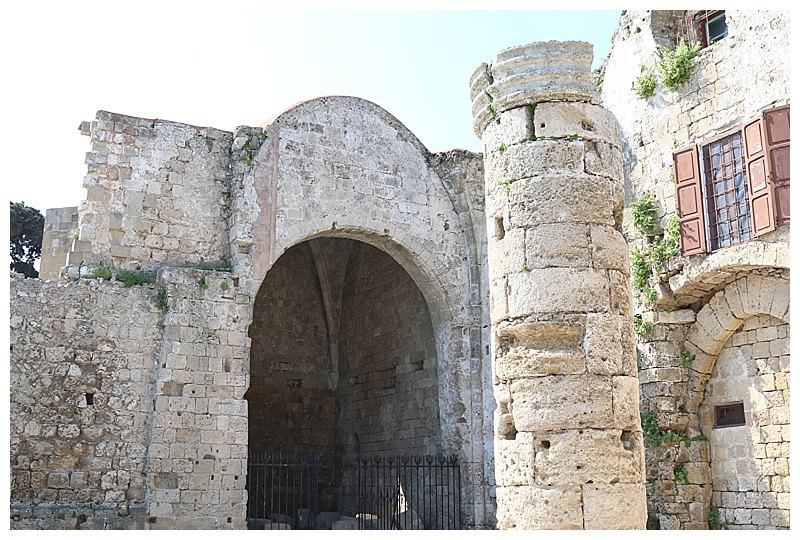
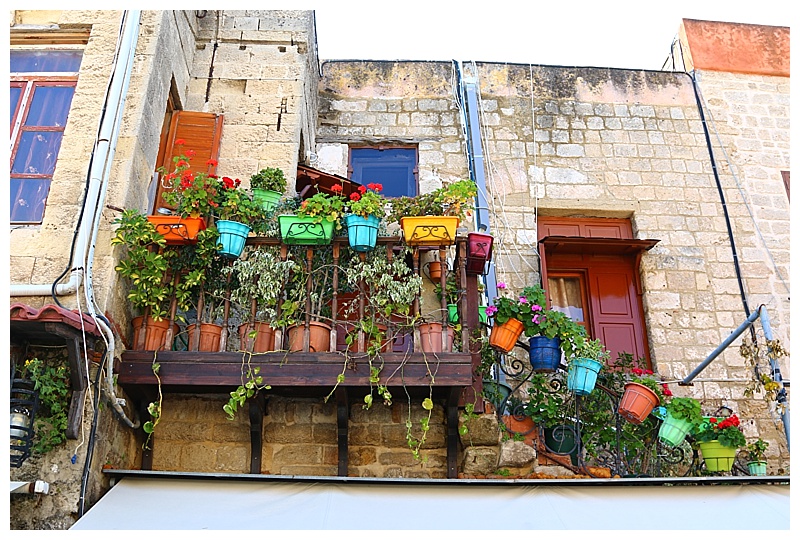
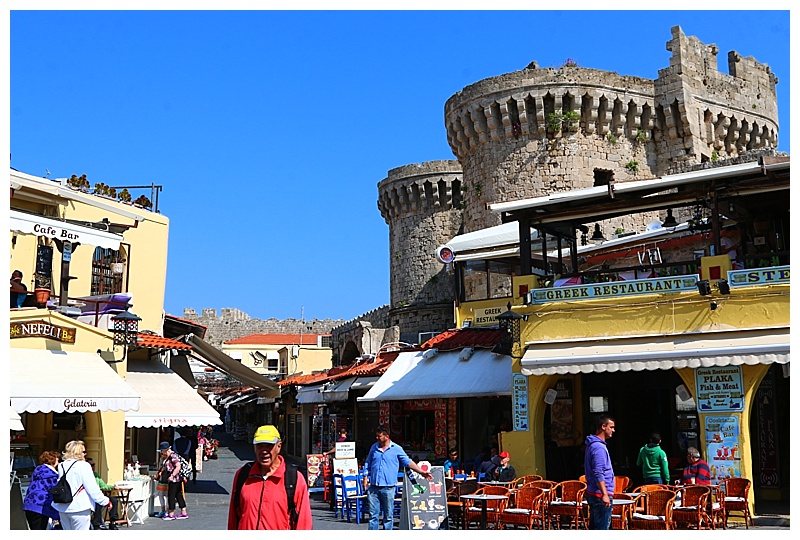
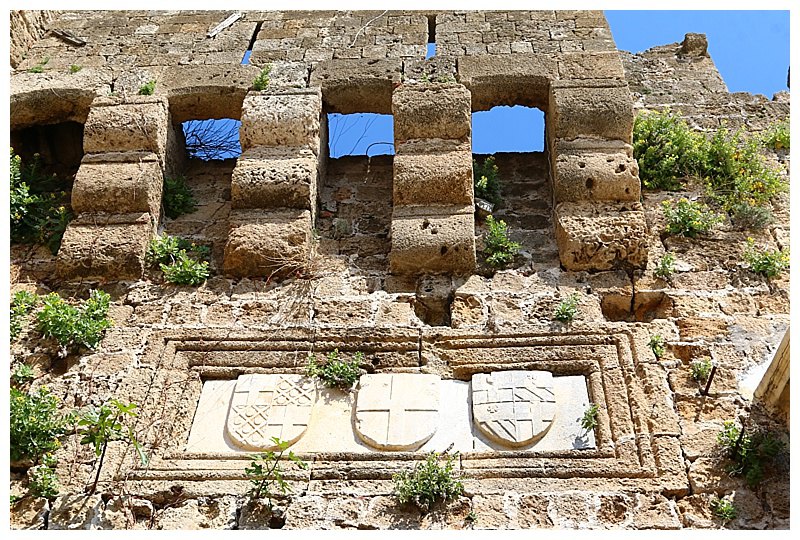
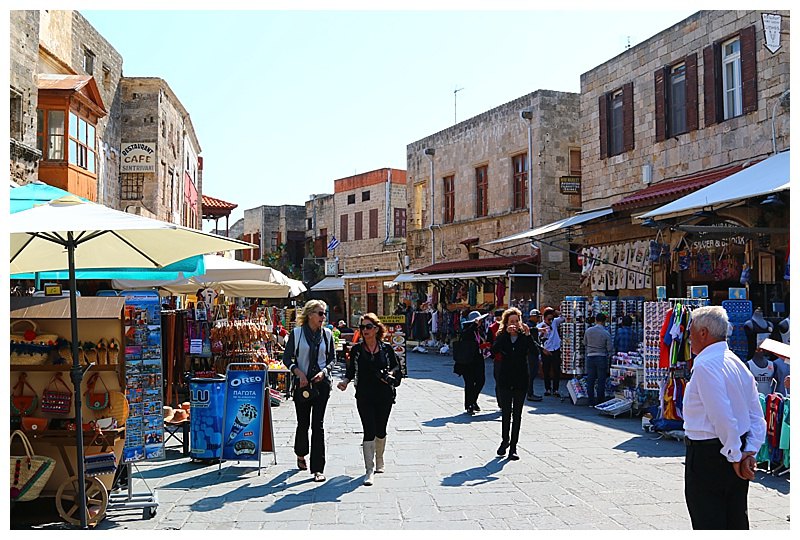
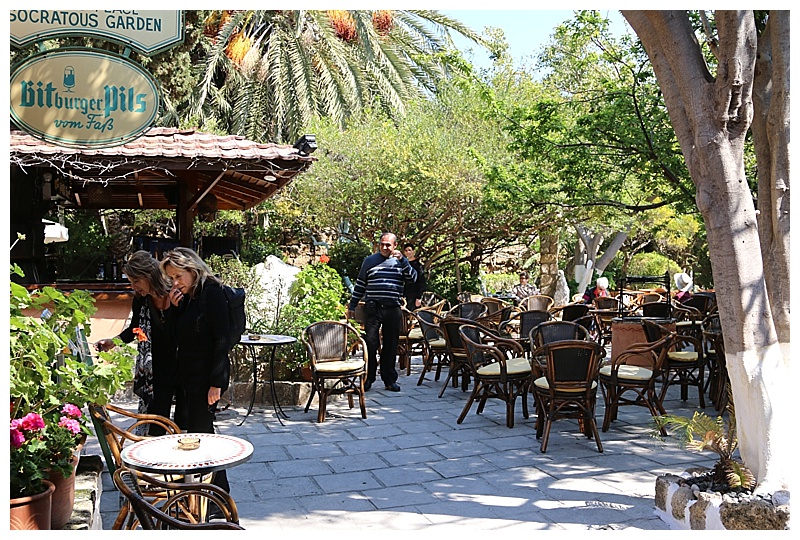
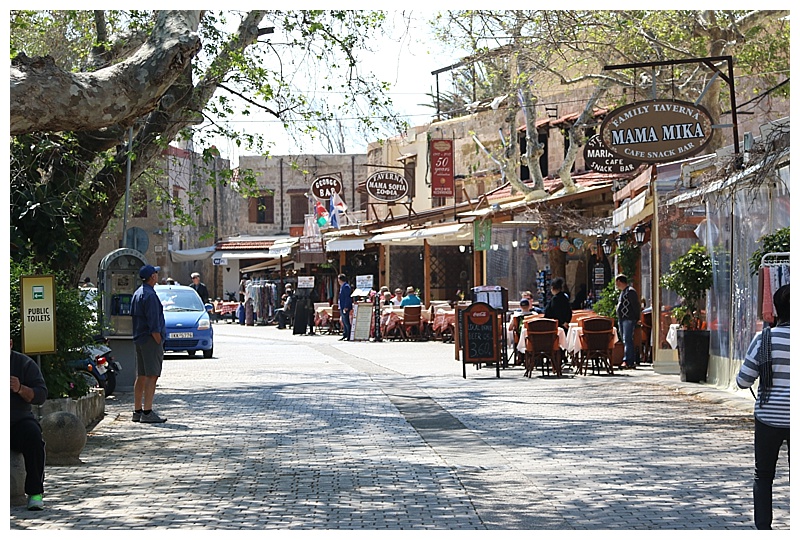
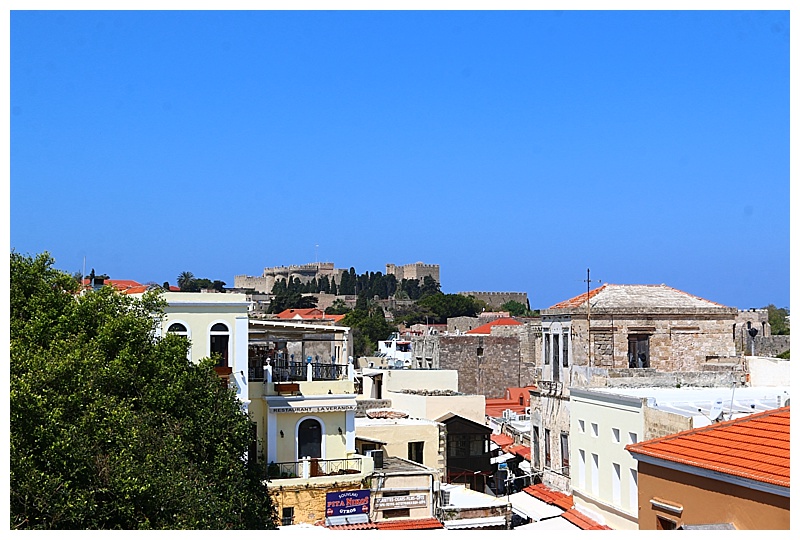
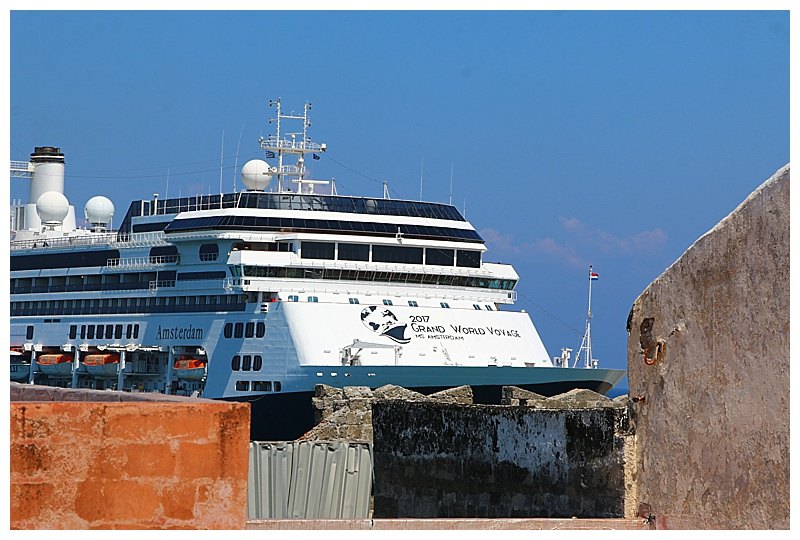

Captain Jonathan,
Thanks for your wonderful post and photos.
Brought back fond memories.
Regards and Cheers!